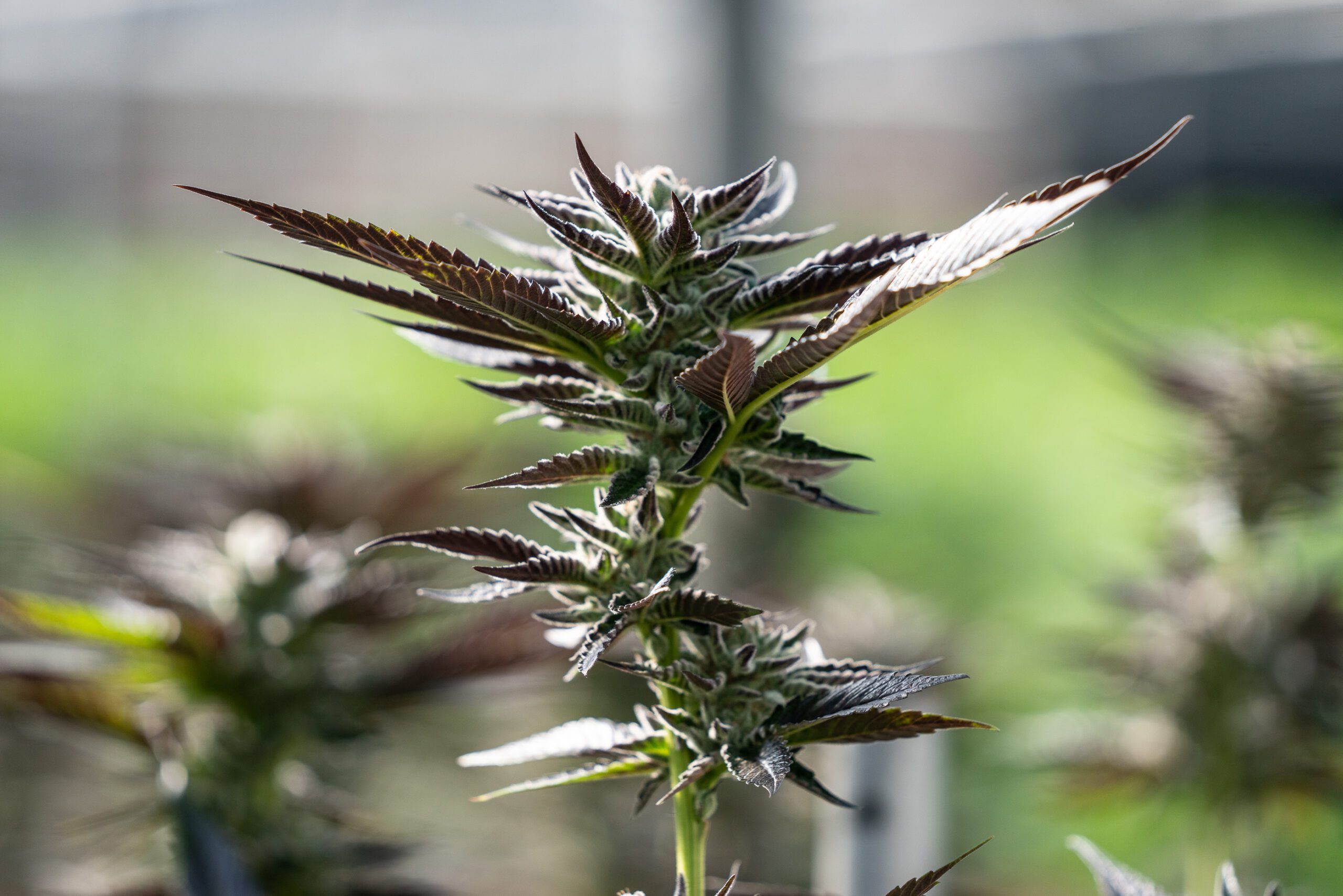In early 2021, a research team lead by Byers Scientific, Iowa State University and private odor experts reported a breakthrough discovery of the long-questioned identity of the source of the distinctive “skunky” odor of cannabis. The compound most responsible for the classic ‘skunk-like’ smell of cannabis emitted from the plants was identified as 3-methyl-2-butene-1-thiol (321MBT).
Terpenoids are commonly mistaken for the odor-causing compounds found in cannabis due to their highly aromatic character of lemon, pine, floral etc. Although there are over 200 identified terpenoids found in cannabis plants, they are not the cause of the classic “skunky” odor.
New research confirms the sulfur compound causing the smell of cannabis
We now understand that even at relatively low concentrations, thiols, which are sulfur compounds, emitted from cannabis plants are directly related to the odor that is deemed problematic for some. Specifically, 321MBT or VSC3 (a thiol classification) as recently identified by Abstrax Tech, is the molecular culprit of the strong “skunky” odor associated with cannabis plants. This same sulfur compound is found in nature as well as in beer that has been light-struck or skunked but had not been confirmed in cannabis until the Byers Scientific and Iowa State University finding earlier this year.
Abstrax Tech scientists state in their published findings that they have discovered a new class of prenylated volatile sulfur compounds or VSCs in the cannabis plant tissue and extracts they studied but that 321MBT is indeed the primary component of the characteristic aroma of cannabis Byers Scientific was excited to hear of this continued research as the findings directly support and further validate our previous discovery of 321MBT as the primary source of the distinctive smell in the cannabis plant’s emissions. The Byers Scientific research team, led by Chief Scientific Officer, Dr. William Vizuete, PhD., and Senior Scientist, Dr. Alex Guenther, PhD., continues to study cannabis plant emissions to more fully understand the interaction between thiols, such as 321MBT, and terpenoids in the atmosphere to further refine cannabis odor mitigation strategies and systems.
Cannabis odor mitigation led by science
We understand that cannabis plants emit the most odor/thiols at their peak mature stage and during harvest as agitation of the plants causes emissions to spike. Because of this, it is important to install emissions and odor mitigation solutions that have the capacity to capture odor-causing compounds (such as 321MBT) during these peak times when concentrations are the highest. Not every odor control system is up to the challenge of cannabis odor as effective mitigation strategies are dependent upon a number of factors and critical calculations. Fortunately for our clients, Byers Scientific is devoted to refining and providing effective odor/emissions mitigation solutions that advance along with science’s understanding of cannabis plant emissions.
Molecular filtration combatting the smell of cannabis
The smell of cannabis evokes polarizing reactions, but nonetheless it is important for an operation to remain in compliance with local ordinances and nuisance odor laws to protect their license and reputation with the community. Armed with a scientific understanding of cannabis plant emissions and odor, Byers Mitigation Technologies designed and engineered the MT-6™ Molecular Filtration System to effectively adsorb odor molecules, including 321MBT. Committed to advancing technology, Byers Scientific recently modified the MT-6™ to include an optional ASPRA® (patented Dutch electrostatic precipitation and filtration technology) stage for the removal of fine dust, bacteria, viruses, spores, allergens and other bio-aerosols to improve canopy health.
Contact us today for a free consultation.


